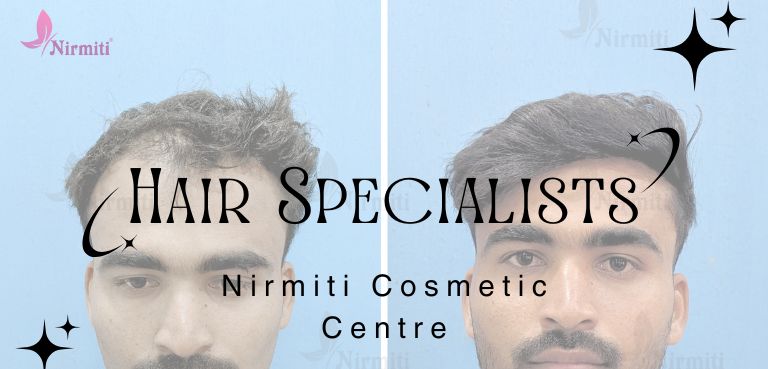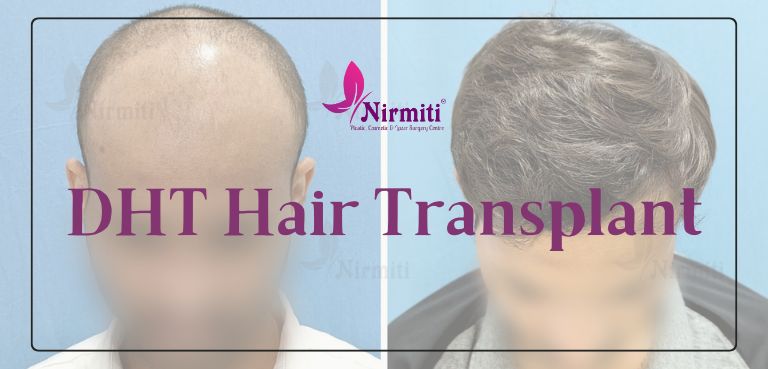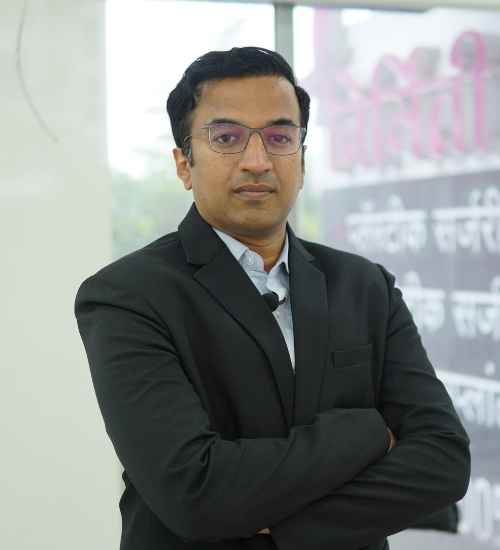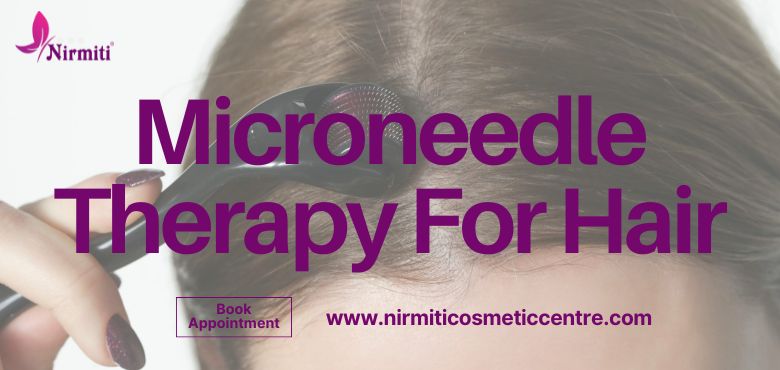DHT Hair Transplant vs. Other Hair Restoration Methods – Which One Works Best?
Hair loss can be distressing, affecting self-confidence and overall appearance. If you’re exploring solutions, you’ve probably come across multiple options—from medications and PRP therapy to advanced surgical procedures. Among these, DHT hair transplant has emerged as a revolutionary method for achieving long-term results. But how does it compare to other hair restoration treatments? Let’s break it down so you can make an informed choice.

In This Article:
DHT and Hair Loss
Dihydrotestosterone (DHT) is a hormone responsible for androgenetic alopecia, commonly known as male and female pattern baldness. When hair follicles become sensitive to DHT, they shrink over time, leading to hair thinning and eventual loss. A DHT hair transplant involves extracting healthy follicles from areas resistant to DHT and transplanting them to thinning or bald areas, ensuring long-lasting results.
How DHT Hair Transplant Works
A DHT hair transplant is a specialized version of Follicular Unit Extraction (FUE) and Follicular Unit Transplantation (FUT). It focuses on using DHT-resistant hair follicles, primarily taken from the back of the scalp, ensuring sustainable and natural-looking regrowth. This technique is widely preferred by hair specialists for its high success rate and permanent outcomes.
Advantages of DHT Hair Transplant:
✔ Permanent solution to hair loss
✔ Natural-looking hairline and density
✔ No reliance on lifelong medications
✔ Minimal scarring and fast recovery
✔ Safe and effective under expert guidance
At Nirmiti Cosmetic Centre, led by Dr. Neeraj Bhaban, advanced DHT hair transplant procedures are performed with precision, ensuring optimal hair growth and a seamless, natural appearance.
Comparing DHT Hair Transplant with Other Hair Restoration Methods
To understand whether a DHT hair transplant is the right choice, let’s compare it with other popular hair restoration options.
1. Medications (Minoxidil & Finasteride)
How It Works:
Minoxidil (Rogaine) and Finasteride (Propecia) are FDA-approved drugs used to slow hair loss and promote regrowth.
Pros:
- Non-surgical and easy to use
- Slows down hair loss progression
- Can improve hair thickness in some individuals
Cons:
- Results vary from person to person
- Requires continuous use—hair loss resumes upon stopping
- Possible side effects like scalp irritation or decreased libido
Verdict: While medications can help in early stages, they are not a permanent fix like a DHT hair transplant.
2. Platelet-Rich Plasma (PRP) Therapy
How It Works:
PRP therapy involves drawing a small amount of the patient’s blood, processing it to extract platelet-rich plasma, and injecting it into the scalp to stimulate hair growth.
Pros:
- Non-invasive and safe
- Helps strengthen existing hair
- Encourages natural growth
Cons:
- Results are not permanent
- Requires multiple sessions
- Less effective for advanced baldness
Verdict: PRP is best for strengthening thinning hair but doesn’t replace lost hair like a DHT hair transplant.
3. Scalp Micropigmentation (SMP)
How It Works:
Scalp Micropigmentation is a cosmetic procedure where tiny pigment deposits are tattooed onto the scalp to create the illusion of a shaved head or thicker hair.
Pros:
- Immediate visual improvement
- No surgery or recovery time
- Suitable for people with total baldness
Cons:
- No actual hair regrowth
- Needs touch-ups over time
- May not look as natural as real hair
Verdict: While SMP is a great cosmetic fix, it doesn’t provide the regrowth benefits of a DHT hair transplant.
4. Hair Wigs and Hairpieces
How It Works:
Custom wigs or hairpieces provide instant coverage for bald areas.
Pros:
- Instant transformation
- No medical risks
- Affordable short-term option
Cons:
- Requires regular maintenance
- Can be uncomfortable or unnatural-looking
- No real hair regrowth
Verdict: Wigs provide a temporary aesthetic solution but do not compare to the permanence of a DHT hair transplant.
Which Hair Restoration Method Works Best for You?
If you’re experiencing early-stage hair loss, medications or PRP therapy may help slow the process. However, if you’re looking for a permanent, natural, and effective solution, a DHT hair transplant is the best option. Unlike medications or cosmetic fixes, this procedure restores real hair growth with long-lasting results.
At Nirmiti Cosmetic Centre, Dr. Neeraj Bhaban and his team of hair specialists ensure that each transplant is customized to match your hairline and density, delivering a completely natural look.
Final Thoughts
Choosing the right hair restoration method depends on your stage of hair loss, expectations, and budget. While medications and PRP can be helpful, they require continuous maintenance. On the other hand, a DHT hair transplant provides a permanent, low-maintenance, and highly effective solution for hair regrowth.
If you’re considering a DHT hair transplant in Sangli, Nirmiti Cosmetic Centre offers advanced technology and expertise to help you achieve the best possible results. Book a consultation today and take the first step toward restoring your hair and confidence!







